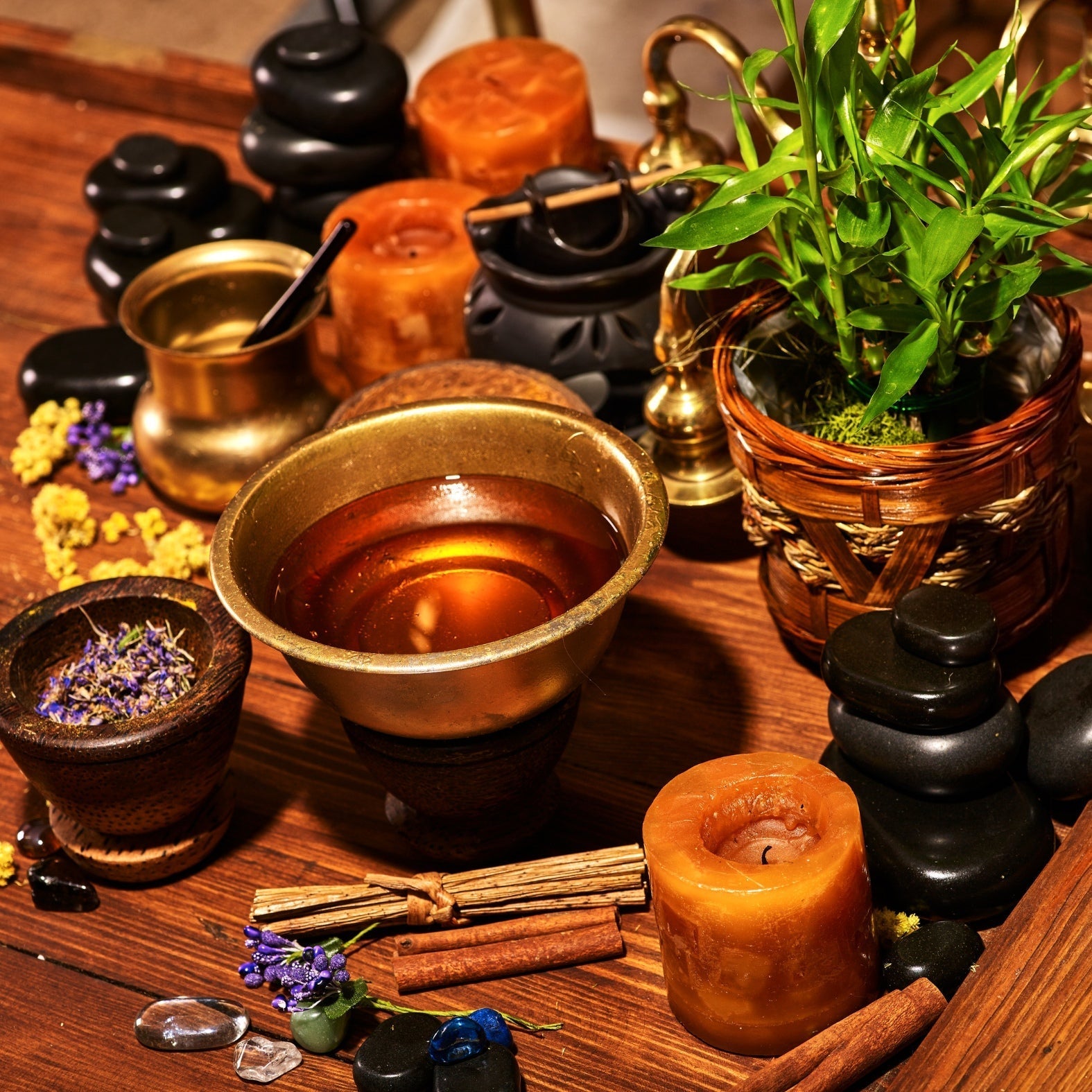In a world saturated with fast fashion and mass-produced goods, the value of handcrafted textiles is often overlooked. Yet, these time-honored traditions not only preserve cultural heritage but also offer a deeper connection to the materials we wear and the people who make them. At the heart of handcrafted textiles lies a story—a story of patience, skill, intention, and care. This story is what makes artisanal clothing not just a purchase, but a meaningful choice.
The Human Touch Behind Every Thread
Handcrafted textiles are the result of human effort, not machines. Every pattern, every texture, every thread is the outcome of hours—sometimes days—of focused work. Whether it's a weaver on a wooden loom in Rajasthan, or a block printer carefully aligning stamps on raw cotton, these craftspeople bring generations of wisdom to each creation.
Unlike machine-made fabrics that emphasize quantity, handcrafted textiles prioritize quality. They may carry small imperfections, but these are marks of authenticity—not flaws. Each piece becomes unique, like a fingerprint. You’re not wearing something made in bulk—you’re wearing something that was touched, shaped, and envisioned by a real person.
Cultural Heritage in Motion
Many handcrafted techniques are deeply embedded in local cultures. For example, block printing in Bagru and Sanganer, dabu mud-resist dyeing in Rajasthan, and ikat weaving in Gujarat or Odisha are not just production methods—they’re living traditions.
These crafts tell stories of migration, history, belief systems, and community rituals. When you support handcrafted textiles, you help keep these stories alive. Without modern patronage, many of these age-old techniques are at risk of vanishing. A skilled artisan might spend decades mastering their craft, yet with no next generation willing to continue, these skills can be lost within a single generation.
Slowing Down in a Fast World
The slow fashion movement, which emphasizes mindfulness and sustainability in clothing production, aligns perfectly with the ethos of handcrafted textiles. Fast fashion offers the illusion of variety, but it often comes at the cost of environmental degradation and human exploitation.
In contrast, artisans typically work in smaller workshops or home-based settings. Their production cycles are slower, their processes more deliberate, and their waste minimal. Dyeing is often done using natural or plant-based ingredients, and the fabric is washed and dried in sunlight—avoiding the energy-intensive practices of industrial manufacturing.
The idea is simple: buy less, choose better. When you wear handcrafted textiles, you become part of a movement that respects labor, resources, and time.
Material with Meaning
One of the underappreciated aspects of artisanal fabrics is their choice of raw material. Many handcrafted textiles use locally grown cotton, organic fabrics, or natural blends like khadi, linen, or bamboo. These materials are often biodegradable, breathable, and ideal for tropical climates.
In India, for instance, khadi is not just a fabric—it’s a symbol of independence and resistance, closely tied to Gandhi’s Swadeshi movement. Wearing khadi or handloom cotton isn’t just about comfort—it’s about carrying forward a legacy that shaped a nation’s identity.
Similarly, natural dyes used in hand-block printing—like indigo, turmeric, and madder—have been in use for centuries. These dyes not only add a rich depth to the fabric but also reduce toxic runoff into water systems. Your clothing, in this sense, becomes a quiet act of ecological care.
Supporting Livelihoods, Not Just Products
Every purchase you make has a ripple effect. When you choose handcrafted textiles, you’re directly contributing to the income of a craftsperson, their family, and often, an entire community.
Artisans usually rely on seasonal orders and local markets to sell their goods. By supporting them through ethical brands and platforms, you help create stable demand and long-term sustainability for their work. Many of these craftspeople live in rural areas with limited employment options. Your choice becomes a means of empowerment, helping them live with dignity and pride in their craft.
More Than Fashion—A Philosophy
Handcrafted clothing is not just a fashion statement—it’s a lifestyle. It invites you to pause, to observe, to appreciate. It shifts the focus from trends to values, from appearances to substance. Instead of constantly chasing the new, you begin to appreciate the timeless.
There’s a calm elegance to artisanal fashion. It doesn’t scream for attention, but it holds your gaze. The texture of handwoven fabric, the faded beauty of vegetable dyes, the irregular charm of a hand-stitched seam—these elements speak of soul, not just style.
A Future Rooted in the Past
As we stand at a crossroads between rampant consumerism and rising climate urgency, handcrafted textiles offer a compelling path forward. They blend beauty with purpose, heritage with modernity, and art with function. They remind us that fashion doesn't have to be destructive—it can be regenerative.
Choosing handcrafted textiles isn’t just about wearing something different—it’s about being different. It’s about aligning your external choices with your internal values. It’s about knowing that the story of what you wear began in a small village, in a quiet workshop, at the hands of someone who truly cares.


